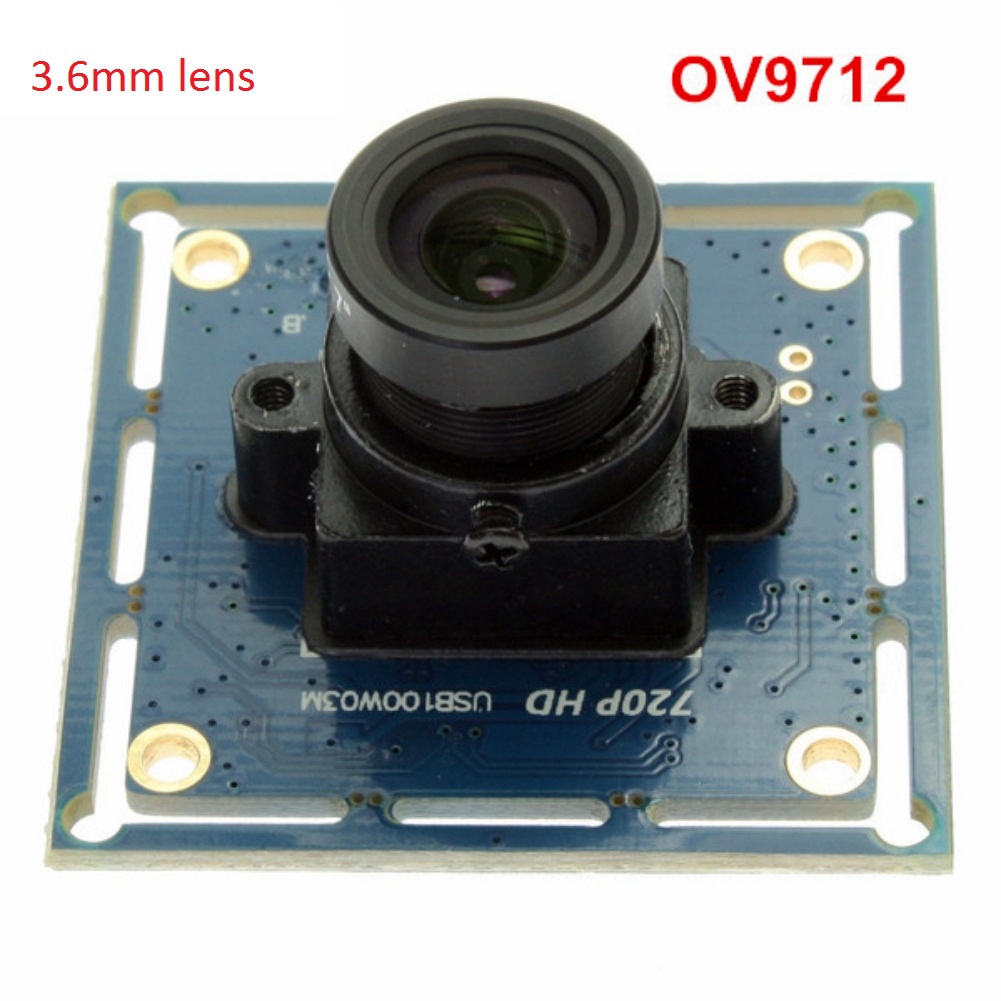Troubleshooting Printhead Issues: A Comprehensive Guide to Restoring Print Quality
In the world of printing, the printhead is a critical component that directly influences the quality of your printed documents. When problems arise with the printhead, it can lead to unsatisfactory prints, including streaks, smudges, or even blank pages. Understanding how to diagnose and fix printhead issues is essential for anyone relying on inkjet printers for professional or personal use. This article delves into the common causes of printhead problems and provides a step-by-step guide to resolving them effectively.
Understanding the Printhead
Before diving into troubleshooting, it’s important to understand what a printhead is and how it functions. The printhead is the part of the printer that transfers ink onto paper. It contains tiny nozzles that spray ink in precise patterns to create images and text. Over time, these nozzles can become clogged or damaged, leading to various printing issues.
Common Printhead Problems
- Clogged Nozzles: This is the most frequent issue, often caused by dried ink or infrequent use of the printer.
- Misalignment: If the printhead is not properly aligned, it can result in blurry or misprinted images.
- Electrical Issues: Faulty connections or damaged circuitry can prevent the printhead from functioning correctly.
- Physical Damage: Dropping the printer or other physical impacts can damage the printhead or its components.
Step-by-Step Guide to Fixing Printhead Problems
Step 1: Perform a Printhead Cleaning
Most modern printers come with a built-in cleaning utility. This is often the first step in resolving printhead issues.
- Access the Printer Settings: Navigate to the printer settings on your computer or printer’s control panel.
- Select the Cleaning Option: Look for a maintenance or tools section and select the printhead cleaning option.
- Run the Cleaning Cycle: Follow the prompts to initiate the cleaning cycle. This process typically uses ink to flush out any clogs in the nozzles.
Step 2: Print a Test Page
After running the cleaning cycle, print a test page to check if the issue persists. If the print quality has improved, you may not need to take further action. However, if problems continue, proceed to the next step.
Step 3: Manually Clean the Printhead
If the automatic cleaning did not resolve the issue, manual cleaning may be necessary.
- Remove the Printhead: Consult your printer’s manual for instructions on how to safely remove the printhead.
- Use Cleaning Solution: Dampen a lint-free cloth with a specialized printhead cleaning solution or distilled water. Avoid using alcohol or other harsh chemicals.
- Gently Wipe the Nozzles: Carefully wipe the nozzles and surrounding areas to remove any dried ink. Be cautious not to damage the nozzles.
- Soak the Printhead: If the clog is severe, soak the printhead in a shallow dish of cleaning solution for a few hours. Rinse with distilled water and let it dry completely before reinstallation.
Step 4: Check for Alignment Issues
If your prints are still misaligned, you may need to realign the printhead.
- Access the Alignment Tool: Similar to the cleaning utility, most printers have an alignment tool in the settings.
- Follow the Instructions: Print an alignment page and follow the on-screen instructions to adjust the printhead position.
Step 5: Inspect for Electrical or Physical Damage
If the printhead is still not functioning correctly, inspect it for any signs of electrical issues or physical damage.
- Check Connections: Ensure that all cables are securely connected and that there are no visible signs of wear or damage.
- Examine the Printhead: Look for cracks or other physical damage that may require replacement.
Step 6: Replace the Printhead
If all else fails, it may be time to replace the printhead. This is often a last resort, as printheads can be expensive.
- Purchase a Compatible Printhead: Ensure that you buy a printhead that is compatible with your printer model.
- Follow Installation Instructions: Carefully follow the manufacturer’s instructions for installing the new printhead.
Preventive Measures
To avoid future printhead problems, consider the following preventive measures:
- Regular Use: Use your printer regularly to prevent ink from drying in the nozzles.
- Quality Ink: Use high-quality ink cartridges that are compatible with your printer.
- Routine Maintenance: Schedule regular maintenance checks, including cleaning and alignment, to keep your printer in optimal condition.
Conclusion
Fixing printhead problems can be a straightforward process if approached methodically. By understanding the common issues and following the outlined steps, you can restore your printer’s functionality and ensure high-quality prints. Regular maintenance and proper usage will help prevent these issues from recurring, allowing you to enjoy a seamless printing experience. Whether for professional documents or personal projects, a well-functioning printhead is essential for achieving the best results.

Average Rating